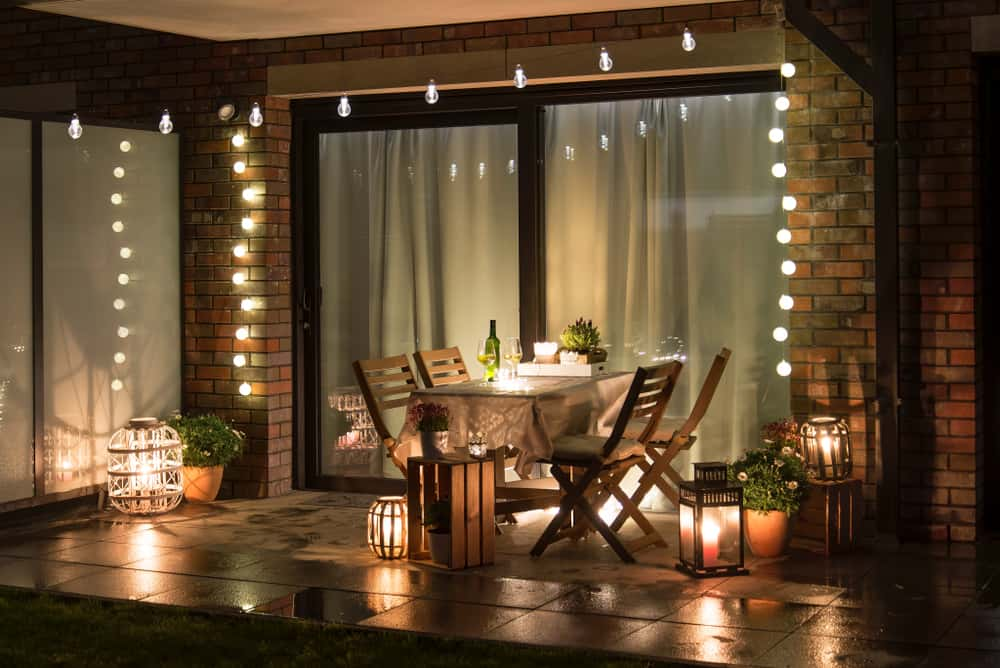When you’re designing your home interior, lighting cannot be an afterthought. While you may not have realised it, good lighting has the amazing potential to transform any space! We bring you the ultimate lowdown on good lighting design in your home.
Create a balance between functional and aesthetic Lighting
It goes without saying that your lighting plan must take care of functionality, but it must also look good. Without the right lighting, the ambience you are trying so hard to create will be lost. So while you definitely require task lights over your study desk and fluorescent lights in your laundry, you should also try to create the right atmosphere in your living room through depth and texture in the lighting.
Create a lighting plan with layers
Your lighting plan must take into account these three types of lighting: general lighting, task lighting, and accent lighting. General lighting (also called ambient lighting) provides the overall illumination and is basically what helps you see and walk around. It almost always comes from overhead light fixtures such as ceiling lights, wall sconces and chandeliers. Task lighting helps you to perform specific tasks, like a portable lamp that lights up your book while you read. Accent lighting adds dramatic interest to a room and is usually provided by focused lights—for instance, a spotlight over a painting or a light that highlights the texture of a wall.
Each room should have different lighting options
Lighting is definitely one of the most important tools in an interior designer’s arsenal! The right lighting can make or break your interior- it will play up the elements of your interior design, and will allow you to enjoy your home to the fullest extent. It can set the mood for a relaxed, quiet evening…or a boisterous night of entertaining your friends. Just by changing the lighting options in your home, you can make a world of difference to the interior spaces.
While what you finally choose will be based on your personal preferences, here are some tips on the kind of lights you need in each room, and where you should place them!
The Entrance Hallway Lighting
Plan for a warm pendant light or soft recessed lighting that provides enough light in the hallway and sets the tone for the rest of your home design.
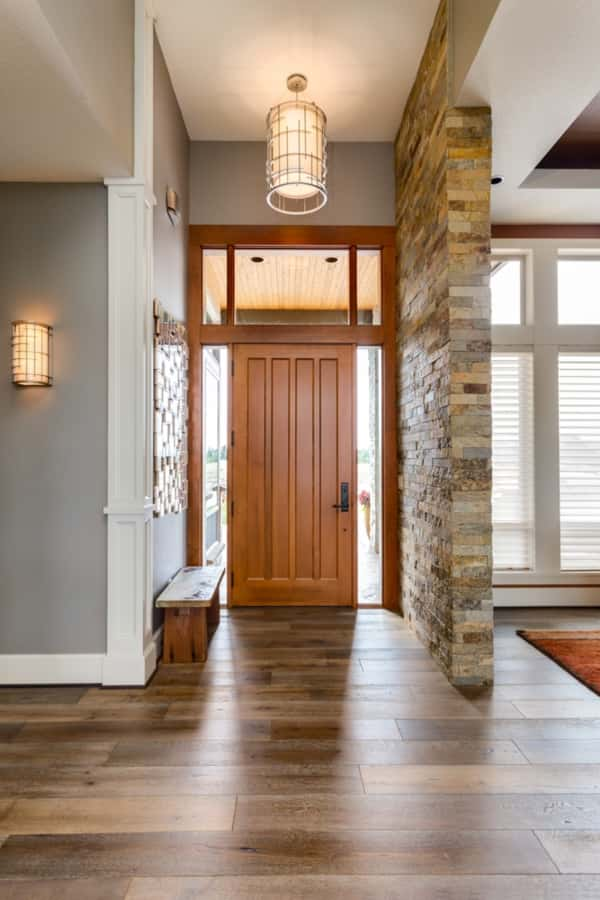
Kitchen Lighting
Your work areas like countertops can have under-cabinet lights, while breakfast counters can have drop lights above to give focussed lighting. Chimneys above the hob usually come with built-in lights which prove to be quite adequate to illuminate your cooking area. Cooking in a poorly lit kitchen can be very disconcerting indeed— so plan this room with care!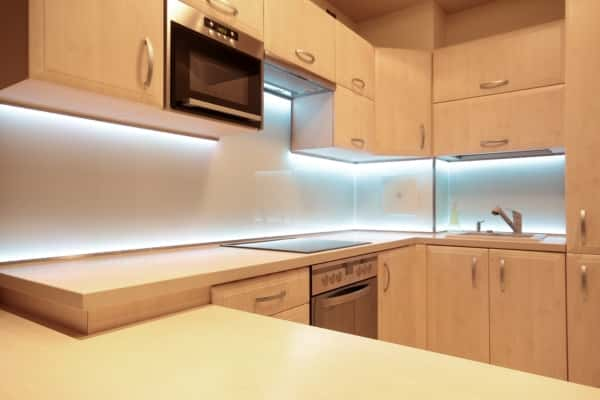
Bedroom Lighting
Bedroom lighting should never be harsh. Recessed lighting in the ceiling works well and should be supplemented by table lamps on bedside units, and wall lamps on either side of mirrors and dressing units. Wardrobes can have pelmet lighting or interior lights that switch on when the door is opened, allowing the inside shelves to be clearly seen.
Dimmers attached to a bedroom wall or ceiling lights allow you to create a soft and soothing atmosphere that is conducive to sleep.
If you are one of those who cannot sleep in the dark, consider a plug-in night lamp that will dispel the shadows!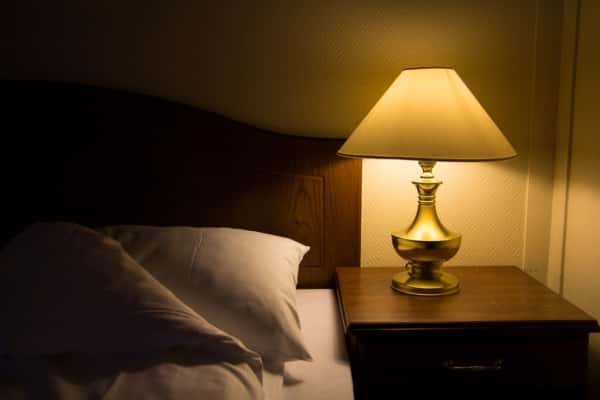
Living Room Lighting
This is a good place to have soft ambient lighting, for which spotlights or cove lighting in the ceiling work very well. A chandelier that is centred on your seating area can serve as the main source of light. Tall corner lamps look lovely in the corners, and you can also consider having accent lights above paintings or a textured wall to add dramatic interest.
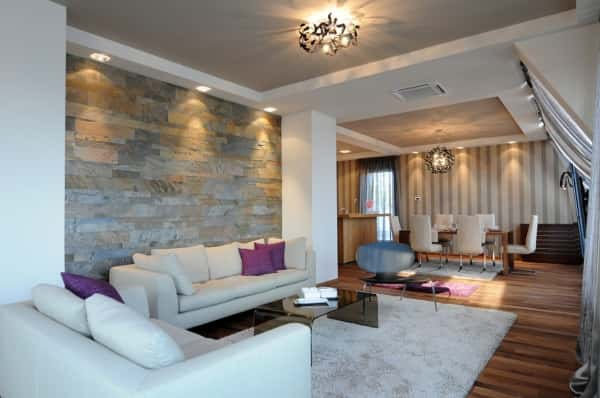
Dining Room Lighting
A well-designed lighting grid above the dining table provides focused light and can be switched on while you are eating. Wall lamps or ceiling lamps could offer general lighting, while floor or table lamps can light up dark corners.
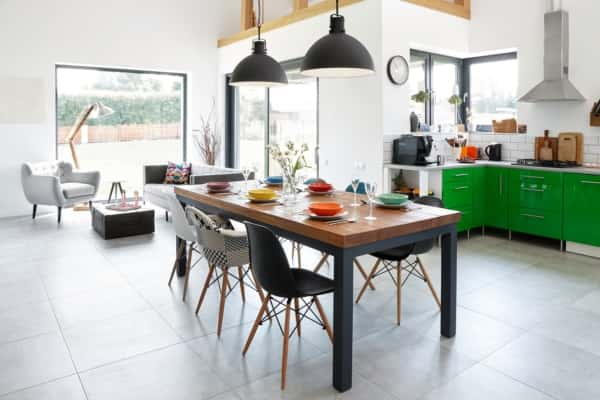
Bathroom Lights
Design your bathroom with lights above the mirror, and ceiling spotlights for general lighting.
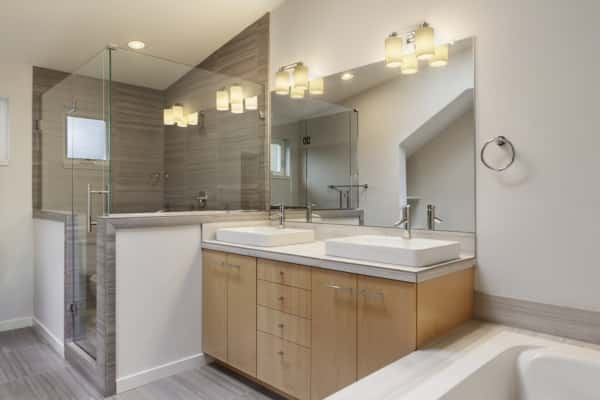
Balconies and terraces
Balconies and terraces are spaces where you can have a relaxed and pleasant evening with family and friends. Garden lights at floor level that create interesting shadows in and around plants are a great idea for this space. We also love the look and feel of candles inside glass lanterns that cast little pools of warmth. Coloured lampshades can work their own special kind of magic and look very pretty when switched on.
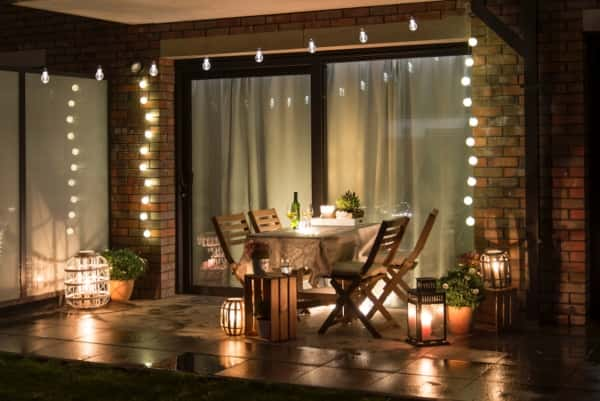
Choose your lighting with care, and coordinate the layers of lighting to make each room special. Unless your lighting plan is good, your interior will not work the way you expect, no matter how much money you spend!

